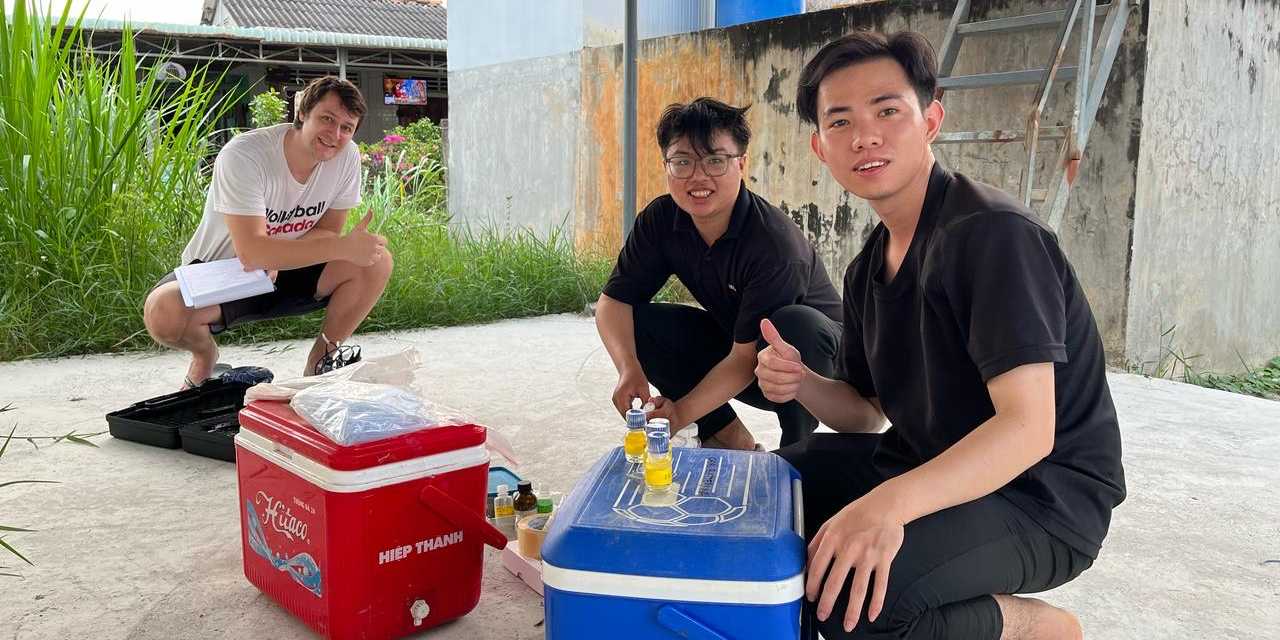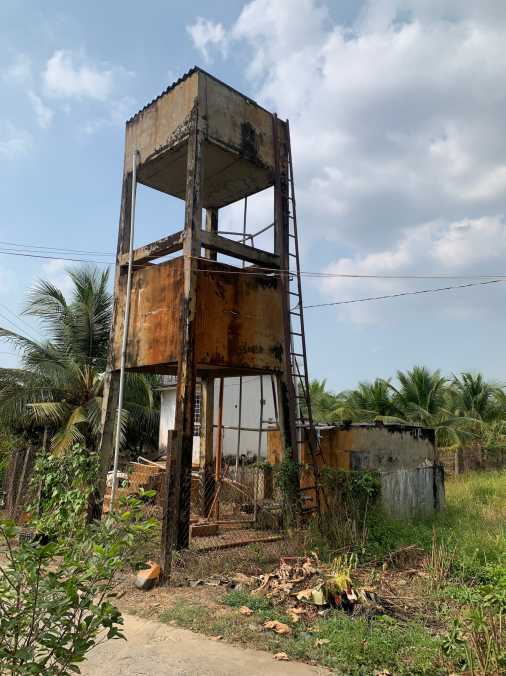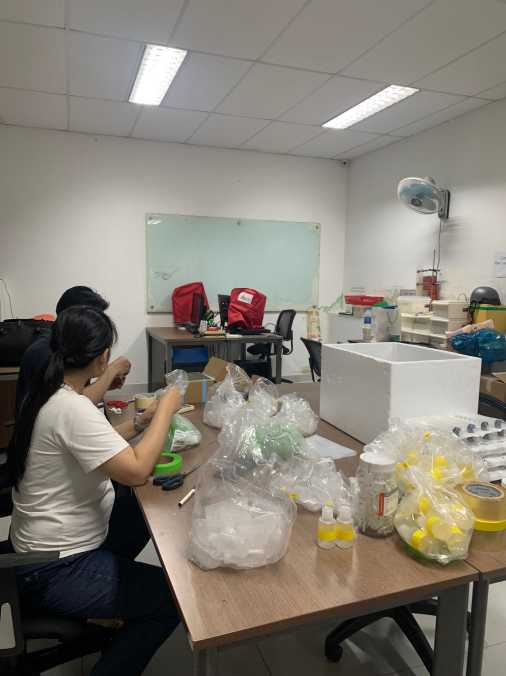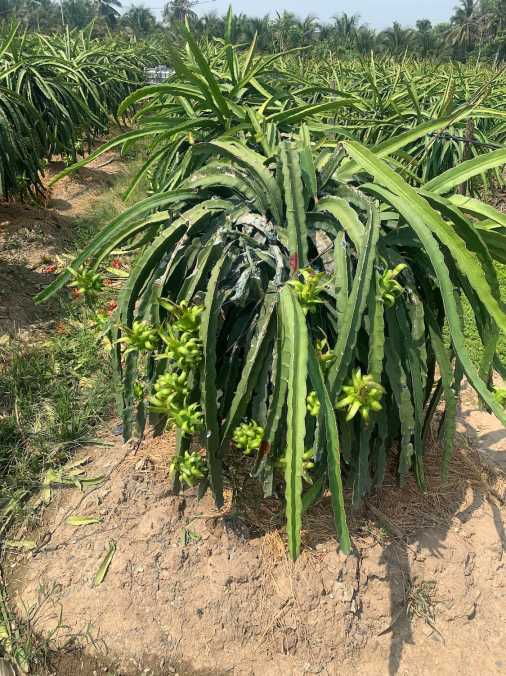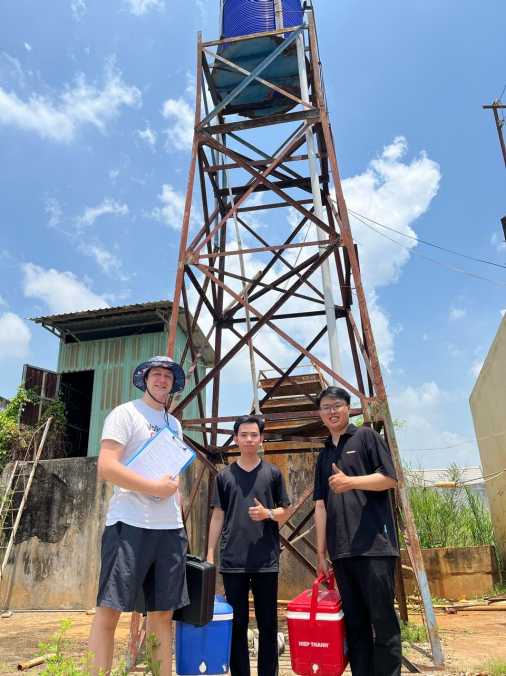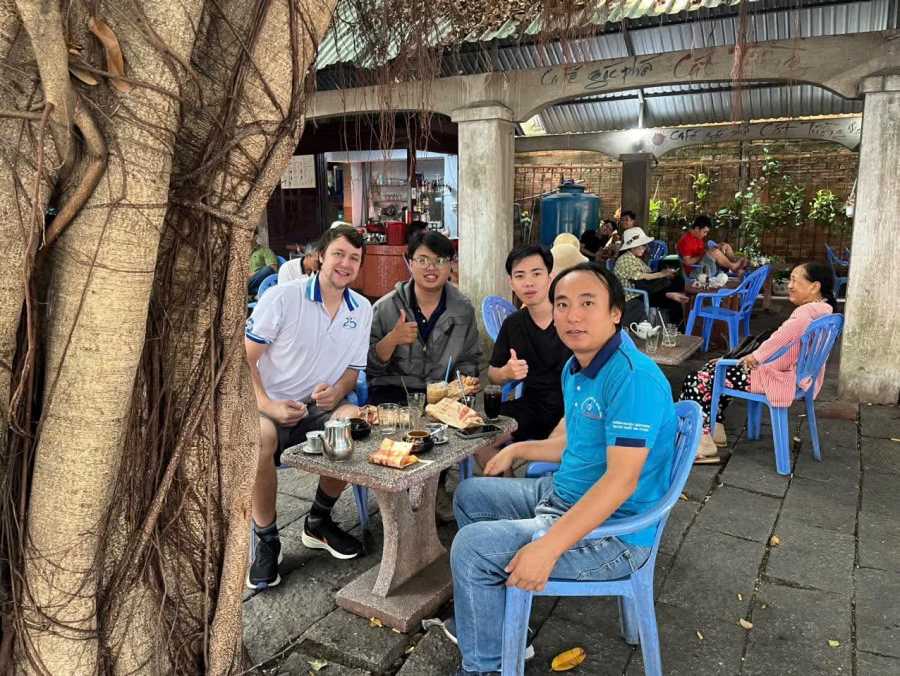Led by ETH PhD student Jacob Bothen and Dr. Khai from our Vietnamese partner institution, the team began their work in Long An province with the aim of understanding groundwater quality and contamination patterns in one of Southeast Asia’s most water-stressed regions.
Jacob arrived in Ho Chi Minh City on Saturday, March 15, and after a full day of organizing sampling materials and calibrating equipment on March 17, the team — comprised of Jacob, Dr. Khai, and students Loc and Hieu — departed to the city of Tan An to officially begin their fieldwork.
Unlike its northern counterpart, the Red River Delta, the Mekong Delta contains five major aquifer systems, some extending as deep as 500 meters. Due to the scarcity of freshwater near the coastline, communities often pool resources to construct large communal wells that serve multiple households.
“Groundwater is the lifeline for many of these rural communities,” Jacob explained. “But that lifeline is threatened by increasing salinity intrusion and the presence of naturally occurring Arsenic, which can be harmful if left untreated.”
On March 18, the team identified and received permission to sample their first groundwater well near Tan An. However, the task proved more complex than anticipated. Many wells are equipped with aeration systems and iron sand filters, requiring samples to be drawn directly from output pipes to ensure accurate readings.
Over the course of a single week, the team surveyed the surrounding region and successfully sampled 21 wells — the majority of which were communal, allowing access to detailed records on well depth, age, and water extraction volumes. A handful of private wells from local dragon fruit farmers also made it into the dataset. The wells ranged from 180 meters to 350 meters deep, showcasing the impressive infrastructure in place to access freshwater in this agriculturally intensive area.
“Dragon fruit is the dominant crop in this region,” said Dr. Khai. “That means large-scale irrigation, which makes understanding groundwater sustainability and safety even more critical.”
The campaign is part of a larger goal to collect 500 groundwater samples across the Mekong Delta. The data will be used to assess the spatial and vertical distribution of Arsenic in groundwater, as well as track temporal changes using historical data collected over 20 years ago by DeltAs PI Dr. Michael Berg and his team.
With this first successful week under their belts, Dr. Khai and his students will continue traveling through the Mekong Delta in the coming months. Their work promises to provide vital insights into how groundwater quality is shifting under the pressures of climate change, salinity intrusion, and decades of agricultural development.
As Jacob reflected, “We’re just getting started, but every well we sample brings us one step closer to understanding how to protect these communities and their water for the future.”
